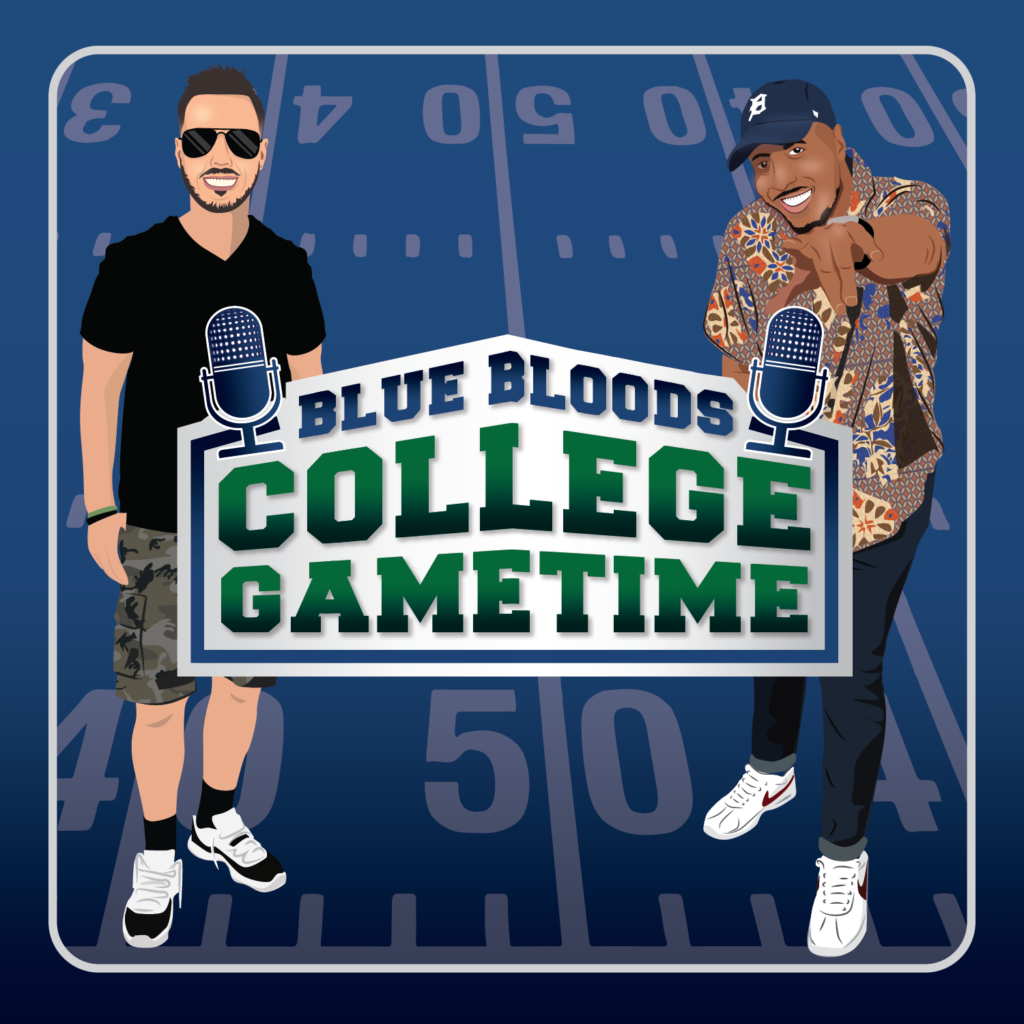Share This Article
The Pac-12 will look to the American Athletic Conference to backfill teams, but is it really a better opportunity?
Colorado finally pulled the trigger.
“They’re back.”
That was the Big 12’s two-word press release yesterday announcing the Buff’s return to the conference in 2024.
Rumors have been heating up the past 24 hours regarding who will be next to jump ship.
According to 247 Sports’ Brandon Marcello, Arizona is the next Big 12 target, with Oregon and Washington looming.
It’s not crazy to think that the Pac-12 could be the Pac-8 or even the Pac-6 before the weekend is out.
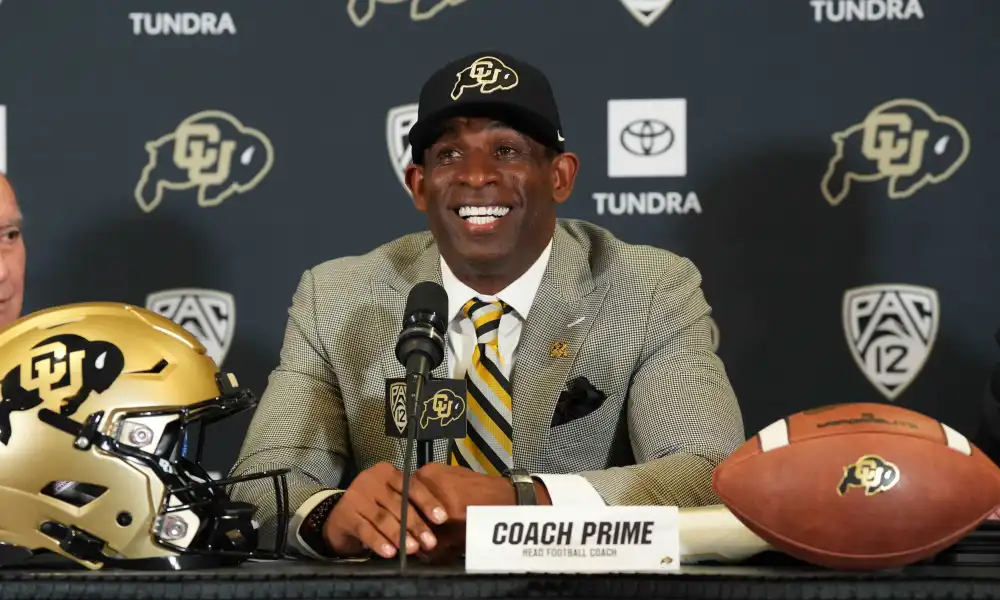
Amid all this realignment madness, two American Athletic Conference teams have floated around as possible Pac-12 expansion candidates.
SMU and Tulane.
SMU is no secret. They’ve been linked to the Pac-12 since last year.
Things escalated between the two when Pac-12 Commissioner George Kliavkoff visited the Dallas campus in February.
Tulane, on the other hand, comes as a bit of a surprise. Not sure I see how they benefit from joining a potentially depleted Pac-12 conference.
Quite frankly, I’d caution both institutions to let patience guide them before accepting an invitation from the PAC.
I’m not so sure joining the conference void of Arizona, Colorado, Oregon, UCLA, USC, and Washington would be a wise move.
Athletically speaking, a school changes conferences for three reasons: increased revenue, exposure, and access (for competitive success).
INCREASED REVENUE?
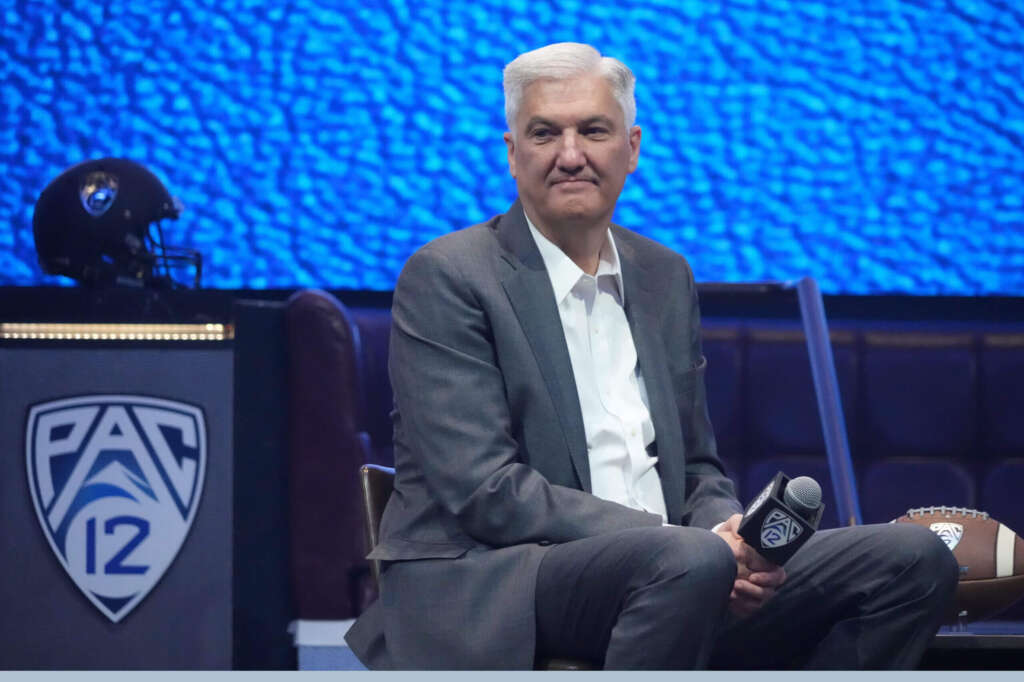
The Pac-12 conference has not signed a media deal past the 2023-24 season.
They’ve been adamant that they will secure the media rights before expanding.
Well, this appears to be backfiring.
So much so that it’s possible the only teams they’ll have left by mid-August will be: Arizona State, California, Oregon State, Stanford, Utah, and Washington State.
None of these are major brands that can be leveraged in media negotiations.
Now imagine having to backfill this conference with G5 schools.
Does that sound like a conference that will net a quality media payout with significant linear coverage?
No.
And when a deal finally gets signed, the revenue sharing is guaranteed to lean heavily towards existing members over newcomers.
Hypothetically speaking, if the Pac-12 receives something in the ballpark of $200-250M annually.
To keep the remaining members in the $30M per year range, the newcomers would be looking at a split of $5-7M.
SMU and Tulane earned $8.28M and $7.63M, respectively, for 2021-22.
INCREASED EXPOSURE?
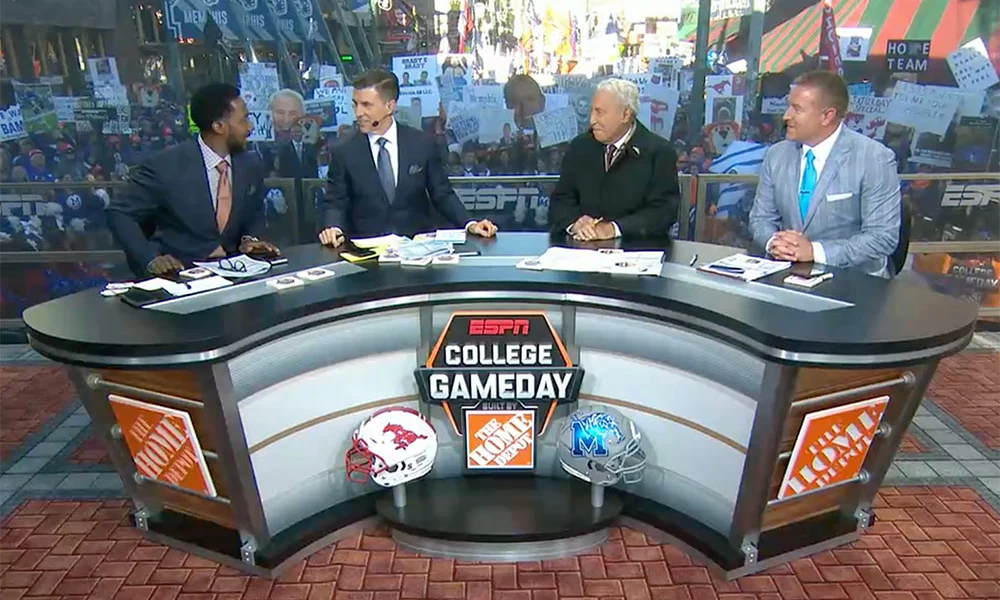
We have no official word on who the Pac-12 is negotiating with as potential media partners. It has been reported that one of the partners will be streaming only, leading most to conclude that it is Apple TV or Amazon.
Most of the smoke in the rumor mill is around Apple TV.
As someone who has been “reading the tea leaves” throughout this process, my speculation is the next media deal could likely be around 75-85% streaming.
What does that mean?
It means a fan wanting to watch Pac-12 football will need a subscription to a streaming provider (i.e., Apple TV).
Streaming is no stranger to college football.
In fact, streaming is likely the way of the future in which all of us consumers will eventually watch our favorite team.
However, linear coverage is still the main source of consumption. The linear providers linked to the Pac-12 are ION and CW.
Two non-traditional college football outlets that aren’t included with every cable service provider. At least not to the level of ESPN and FOX.
Therefore SMU and Tulane would need to assess if the exposure they’d receive under the Pac-12’s impending deal exceeds what they receive currently.
As members of the American Athletic Conference, they are already subjected to streaming.
However, they are streamed on ESPN+ while also being broadcasted on linear channels like ABC, ESPN, ESPN 2, and ESPNU.
I won’t act like the production quality on ESPN+ is top-tier.
It’s not. Not even close.
But an ESPN+ subscription gives you full access to everything in the ESPN library. Fans receive more than just “AAC football” as paid subscribers.
This may not be true for the Pac-12, especially if they ink a deal with Apple TV.
Apple TV gets creative with how they roll out their sports-based subscriptions. For example, an MLS League Pass subscription costs a non-Apple TV+ subscriber $14.99 monthly (the cost reduces for existing Apple TV+ subscribers).
MLB on Apple TV+ does not cost extra beyond the $6.99 monthly subscription fee; however, only two MLB games per week are streamed.
My point is that Apple TV or any streaming provider will likely charge an extra fee for the conference’s Tier-1 games.
Will the casual college football fan pay extra for that?
Then you throw in the fact that the linear coverage is likely to be on an “off-brand” network like ION or the CW, and it poses the question: Is it a guarantee that Pac-12 teams will receive more exposure than AAC teams after 2023?
It’s at least a question SMU and Tulane need to consider.
INCREASED ACCESS?
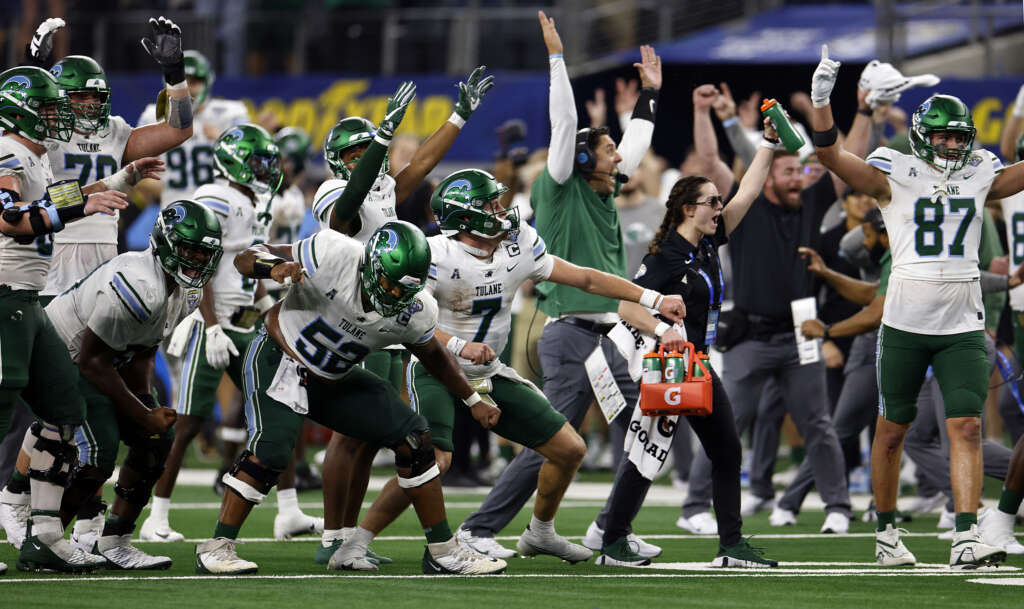
With the “Six-Six Model” for the expanded 12-team College Football Playoff (CFP), the AAC and even a depleted Pac-12 conference should have one team represented every season.
The new expanded playoff will include the top-six conference champions and the next six highest-ranked at-large teams.
Had the 12-team format been in place since the inception of the CFP, both conferences would have had at least one team represented every season except one.
The AAC would have missed in 2014, and the Pac-12 would have missed in 2020.
Based on these numbers, one can conclude that a CFP bid isn’t necessarily more accessible to a Pac-12 team than an AAC team within the new format.
So you tell me…
If you’re an AAC institution, are you immediately looking to jump ship to join the Pac-12? Or are you waiting to see how far their ship sinks before deciding?
Want to stay up-to-date with College GameTime news, stories, blogs and podcasts? CLICK HERE
Subscribe to the College GameTime YouTube channel HERE
Please comment and share this article if you enjoyed the content.





